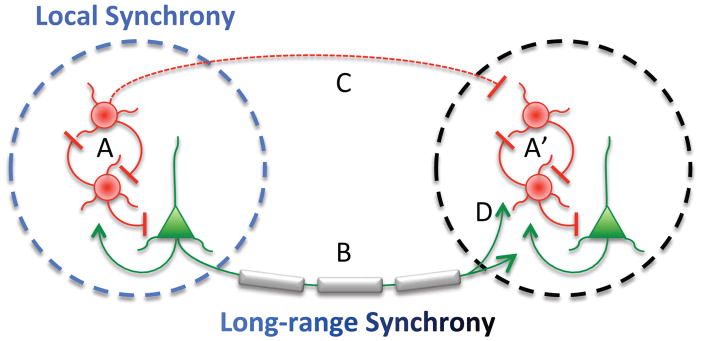Figure 2. Possible mechanisms underlying disruptions in synchrony.

Local synchronous oscillations are thought to arise from interactions between local interneurons (red circles) and pyramidal neurons (green triangles) within a local circuit (A, A′); thus, deficits in interneuron function would lead to deficits in local synchrony. Long range synchrony is thought to rely on projections between brain regions that are predominantly glutamatergic (B); many of these projections are myelinated. Thus, deficits in myelination would lead to deficits in long-range synchrony. However, it is also possible that myelination deficits lead to local synchrony deficits if proper timing of long-range inputs also plays a role in rhythmogenesis (D). Conversely, interneuron deficits could lead to long-range synchrony deficits if local rhythms (A, A′) or inhibitory projections (B) play an important role.
